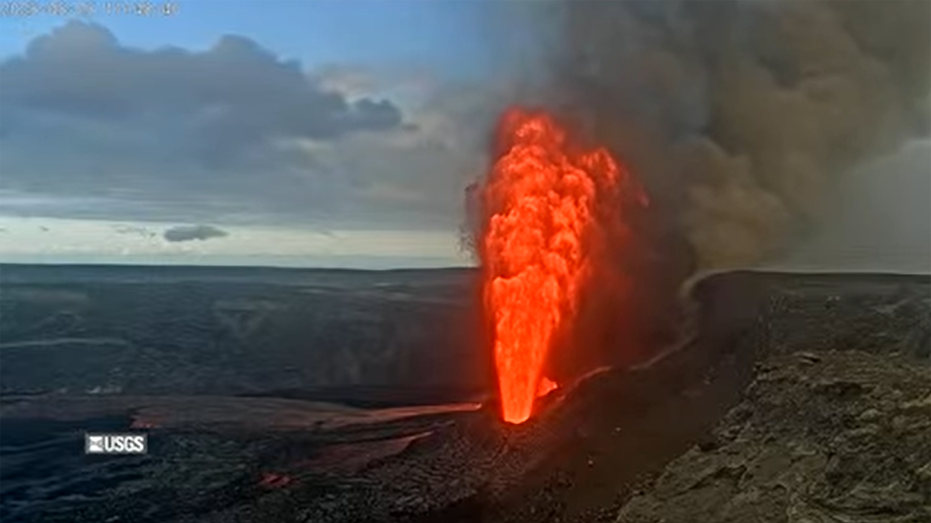Hawaii's Kilauea Volcano Erupts with Massive 1,000-Foot Lava Fountaining Event
Kīlauea's latest eruption sends lava fountains soaring 1,000 feet as USGS closely monitors activity in Hawaiʻi Volcanoes National Park.

Hawaii’s Kīlauea volcano, known as one of the world’s most active volcanic sites, put on a dramatic display over the weekend as lava fountains soared to heights nearing 1,000 feet. The latest period of heightened activity, described as "lava fountaining" by scientists, illuminated the night sky above Hawaiʻi Volcanoes National Park, drawing attention from both researchers and visitors.
The United States Geological Survey (USGS) reported that this marked the 23rd eruption episode since renewed volcanic activity began on December 23, 2024. The initial signs of the new episode appeared late last week with low-level spattering and visible flames near Kīlauea’s summit caldera. By Saturday morning, small lava fountains and periodic overflows from the volcano’s north vent had begun, intensifying as the day progressed.
According to officials at Hawaiʻi Volcanoes National Park, "sustained fountaining" was expected throughout the weekend. The USGS explained that Kīlauea is currently experiencing a unique phase, with two eruptive vents—referred to as the north and south vents—intermittently producing new lava flows across the Halemaʻumaʻu crater floor. This dual-vent activity adds complexity to the ongoing eruption, making it a distinctive event in the volcano’s recent history.
On Sunday afternoon, volcanic activity reached a peak as fountains of lava from the north vent shot approximately 1,000 feet into the air, while those from the south vent reached about 230 feet. USGS livestream footage later documented a gradual decrease in fountain height and eventual cessation of eruptive spurts, though both vents continued to glow and molten rock remained visible on the crater floor.
This latest episode follows several other significant fountaining events earlier in May. On May 16, intense fountaining lasted for around 10 hours. Similar phases were recorded on May 11, May 6, and May 2, with each lasting between 4.5 and eight hours. These recurring lava fountains have fueled ongoing scientific observation, as geologists investigate the underlying causes and potential hazards.
Scientists monitoring the volcano noted that each episode is preceded by a build-up of pressure beneath the surface, known as "inflationary tilt," and followed by a rapid release of pressure, or "deflationary tilt." According to the USGS, this cycle creates a "saw-tooth" pattern in ground tilt measurements, chronicled over the past several months. Despite these fluctuations, the overall pressure within the volcano’s summit has remained relatively stable since December.
While the breathtaking spectacle of lava fountains continues to captivate onlookers, scientists emphasize ongoing vigilance as Kīlauea’s eruptions can pose risks for nearby communities and park visitors. The USGS and National Park Service continue to monitor the evolving situation, providing updates as the volcano’s activity persists.




